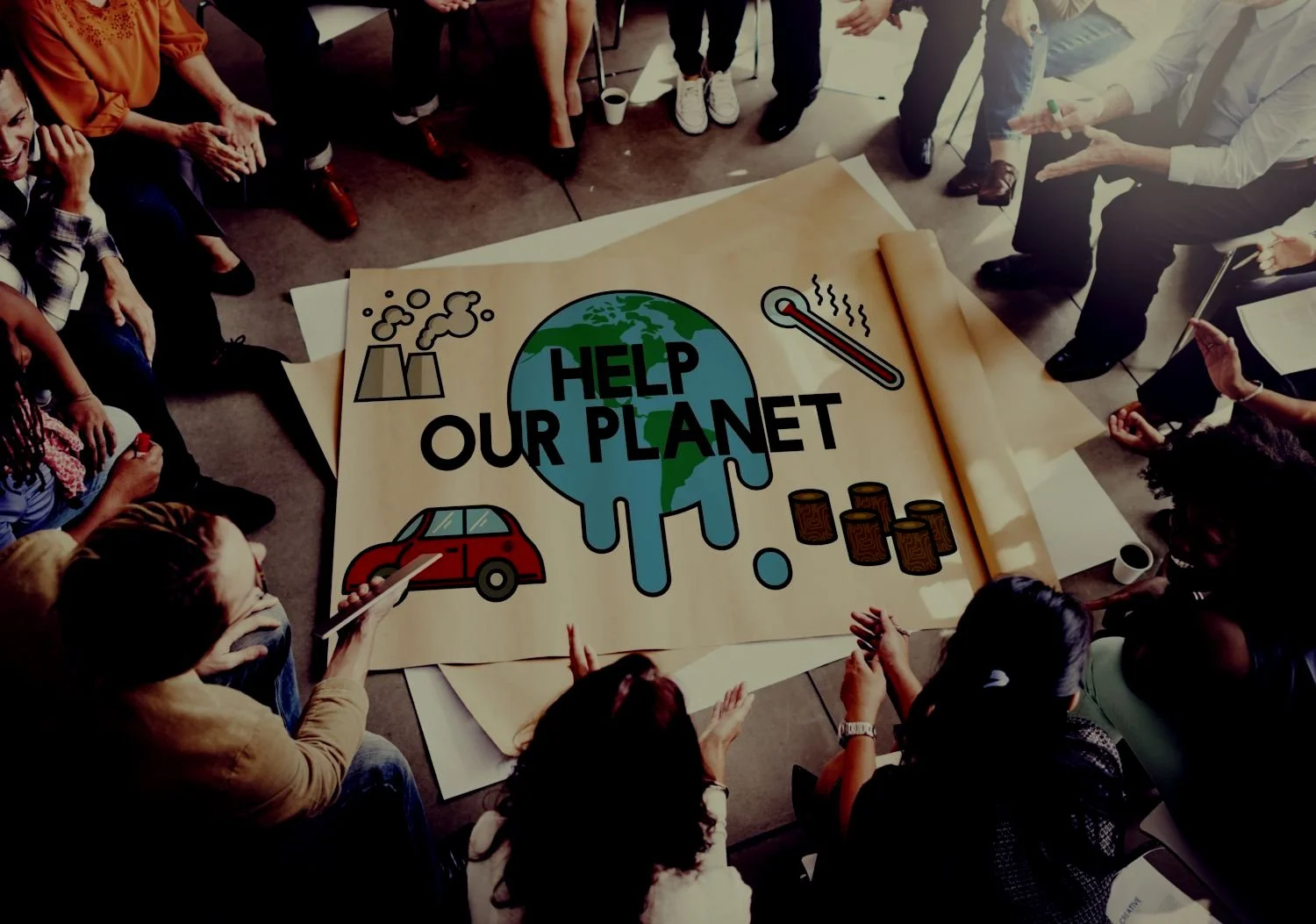What are greenhouse gas emissions?
A greenhouse gas has the ability to trap heat in the earth’s atmosphere. Primary greenhouse gases are
water vapour (H2O),
methane (CH4),
carbon dioxide (CO₂),
Nitrous oxide(N2O)
and Ozone (O3).
A healthy concentration of these gases in the atmosphere is necessary to maintain a habitable temperature. Without these gases, the average temperature of the earth’s surface would fall to -18 degrees, making it uninhabitable for most species.
Greenhouse gases can be released into the atmosphere by natural carbon sources or our activities, including electricity generation, industrial processes and transportation.
“Currently, electricity and transport represent the largest sources of emissions and greatest opportunity for saving” (Carbon Footprint)
When are greenhouse gases released?
Almost all human activities require energy either in the form of fuel, electricity or heat. When these fuels, electricity and heat are produced, fossil fuels are burned in the process, releasing greenhouse gases into the atmosphere.
Why are greenhouse gases harmful?
When greenhouse gases capture heat from the sun and trap it in our atmosphere, it consequently increases the average global temperature. This is the exact effect that takes place inside greenhouses, and hence, these gases are called greenhouse gases.
This rise in temperature is called the global warming effect, which has disastrous effects on our planet. Melting of the ice caps and frequent forest fires are some of the highly quoted effects. There are several other impacts, such as
Disruption of rainfall patterns resulting in floods or droughts
This has a direct effect on the crop yield and may cause a loss in crops
Coral bleaching
Intense and more frequent storm surges that destroy cities and towns
Risk of species survival in higher temperatures (for example, pests)
Ocean acidification and loss of biodiversity
All these effects have a direct impact on our lives. Hundreds of people die yearly during hurricanes, flooding, drought and fires. They also hurt people’s livelihoods, and the survivors must abandon their homes in order to be safe. These natural disasters are becoming prevalent in regions that have never experienced them.
The total number of people annually affected by floods has also increased in the last 150 years in Europe. In the last 30 years alone, approximately 8.9 million people have been directly affected by flooding, and 2626 people have been reported dead. Climate models predict more frequent high-force storms affecting Western European nations in the coming years.
Studies of pest infestations show that more than half of the most commonly occurring pests increased their activity due to warming in Europe. This will directly impact the productivity and profitability of agricultural produce.
If current trends continue, the estimated total cost of global warming is 3.6% of GDP in the US. The bigger the carbon footprint value, the more greenhouse gases are released as a by-product, and the more harm is done to the environment.
LEARN MORE
Check our sources: Bibliography →













